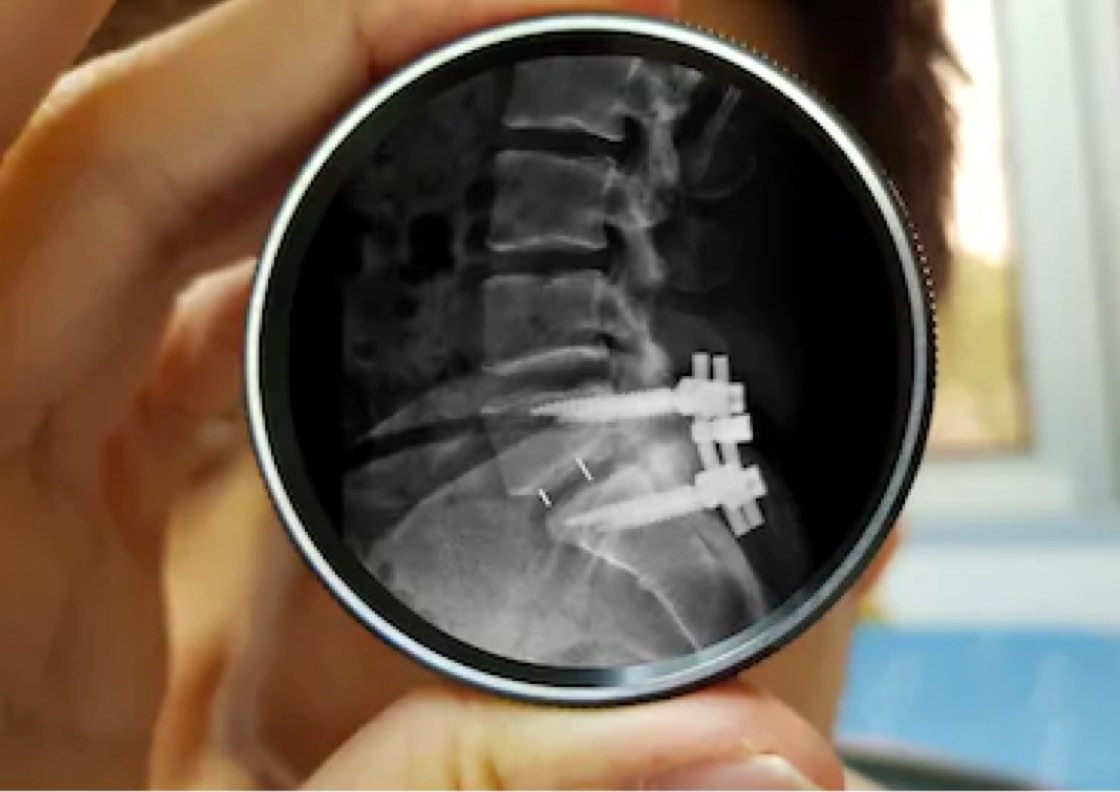The thoracic spine, located behind the chest, consists of 12 vertebrae (T1-T12). Thoracic spine surgery is a specialized procedure used to treat problems in this area when non-surgical treatments haven’t worked. While surgery isn’t always necessary, some conditions require it to relieve pain or improve function. If you’re considering or scheduled for thoracic spine surgery, it’s important to understand the symptoms that lead to surgery, the diagnosis process, treatment options, and what to expect during recovery. This blog covers everything you need to know about thoracic spine surgery and the steps involved.
Why Is Thoracic Spine Surgery Performed? Understanding the Need for Surgery
Thoracic spine surgery is generally performed to treat conditions that cause pain or compression in the middle back. The surgery aims to relieve pressure on the spinal cord or nerves, stabilise the spine, or correct deformities. Below are some common reasons why thoracic spine surgery might be necessary
- Herniated Disc: A disc in the thoracic spine can bulge out or rupture, compressing nearby nerves and causing pain.
- Degenerative Disc Disease: The discs between vertebrae may deteriorate over time, leading to chronic pain and reduced mobility.
- Spinal Stenosis: Narrowing of the spinal canal, which puts pressure on the nerves.
- Spondylolisthesis: A condition in which a vertebra falls out of position, resulting in instability and pain.
These issues often arise from age-related wear and tear, injury, or underlying medical conditions.

Recognising Symptoms that Lead to Thoracic Spine Surgery
Common symptoms that may indicate the need for thoracic spine surgery include
- Persistent back pain that radiates to the chest or abdomen
- Numbness or tingling in the extremities
- Weakness in the legs
- Lack of bladder or bowel control (in severe cases)
If you experience any of these symptoms, it’s crucial to consult a medical professional to assess your condition and determine if surgery is required.
Causes of Thoracic Spine Problems: What Leads to the Need for Surgery?
Several factors can contribute to thoracic spine issues requiring surgical intervention
- Trauma: A sudden injury, such as a fall or car accident, can cause damage to the thoracic spine.
- Ageing: As we age, the spine undergoes degenerative changes that can lead to conditions like herniated discs and spinal stenosis.
- Arthritis: Inflammatory conditions like osteoarthritis can affect the thoracic spine, leading to pain and stiffness.
- Genetics: Some individuals may be predisposed to spinal conditions due to genetic factors.
Diagnosing Thoracic Spine Conditions: The Path to Surgery
Accurate diagnosis is essential to determine if thoracic spine surgery is necessary. Your doctor will begin by reviewing your medical history, symptoms, and conducting a physical examination. Diagnostic imaging tests such as X-rays, MRI scans, or CT scans are often used to assess the condition of the spine.
In some cases, electromyography (EMG) may be performed to evaluate nerve function. Once a diagnosis is made, your doctor will recommend the most suitable treatment options.
Treatment Options for Thoracic Spine Problems: Non-Surgical and Surgical
Before recommending surgery, healthcare professionals often try non-surgical treatments, such as
- Physical therapy
- Anti-inflammatory medications
- Pain relief injections
- Bracing or supports
- Lifestyle changes (e.g., improving posture, avoiding heavy lifting)
When these conservative treatments do not provide relief, surgery may be necessary.
The Thoracic Spine Surgery Process: What to Expect During the Procedure
Thoracic spine surgery is a detailed procedure that typically involves accessing the spine through an incision in the back. During the operation, the surgeon removes any damaged or diseased tissue, such as herniated discs or bone spurs. In some cases, a spinal fusion may be required to stabilise the spine, involving the joining of two or more vertebrae.
The specific type of thoracic spine surgery depends on the underlying condition. Common procedures include
- Laminectomy: This surgery involves removing a part of the vertebra, called the lamina, to relieve pressure on the spinal cord or nearby nerves. It helps reduce pain and improve mobility by allowing more space for these structures.
- Spinal Fusion: In this procedure, two or more vertebrae are permanently joined together to stabilize the spine. This can help prevent movement that causes pain and provide support to the affected area.
- Decompression Surgery: This surgery removes bone or soft tissues that are pressing on the nerves. By alleviating this pressure, it can help reduce pain and improve nerve function.
- Disc Replacement: This procedure involves replacing a damaged disc in the spine with an artificial one. It aims to restore normal movement and reduce pain caused by the damaged disc.
After the surgery, you’ll be monitored closely for complications and may need to stay in the hospital for a few days.
Post-Surgery Care and Maintenance: A Guide to Recovery
Recovery after thoracic spine surgery can take several weeks to months, depending on the procedure and individual circumstances. Key elements of recovery include
- Rest and Limited Activity: You’ll need to avoid strenuous activities, including lifting and bending, for at least 4-6 weeks post-surgery.
- Physical Therapy: Rehabilitation exercises are essential for regaining strength, mobility, and flexibility.
- Follow-Up Appointments: Regular check-ins with your surgeon ensure that your recovery is on track, and any complications are addressed promptly.
In some cases, wearing a brace may be necessary to support the spine during the healing process.
Real Patient Testimonial: Hear from Our Happy Patients
Patients who have successfully received treatment for various spine problems at IndoSpine Hospital have shared their positive experiences. Their stories highlight the effective care and personalized treatment plans they received, which helped them regain mobility, alleviate pain, and improve their overall quality of life after dealing with spine issues.
https://www.instagram.com/reel/C_AtRxrtC9y/utm_source=ig_web_copy_link&igsh=MzRlODBiNWFlZA==
Why Choose IndoSpine Hospital for Thoracic Spine Surgery?

Choosing the right medical centre for your thoracic spine surgery can make a significant difference in your treatment and recovery. Here’s why IndoSpine Hospital stands out
- Experienced Specialists: Our surgeons, recognised as the best spine surgeon in Ahmedabad, are highly skilled in performing complex spine surgeries, including thoracic spine surgery.
- Modern Facilities: We use the latest technology and equipment to ensure the best possible outcomes for our patients.
- Personalised Care: From diagnosis to aftercare, our team is dedicated to providing individualised treatment plans that suit your needs.
- Comprehensive Aftercare: We provide ongoing support during the recovery phase to ensure a smooth and successful rehabilitation.
Conclusion: Trust IndoSpine Hospital for Expert Care
When it comes to thoracic spine surgery, choosing an experienced and skilled surgeon is crucial. At IndoSpine Hospital, we are committed to offering the best possible care, from diagnosis to recovery. Whether you’re seeking the best spine surgeon in Ahmedabad or require specialised thoracic spine surgery, our team is here to support you every step of the way.
Trust IndoSpine Hospital to deliver expert care and help you regain a pain-free, healthy life.




